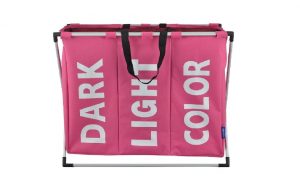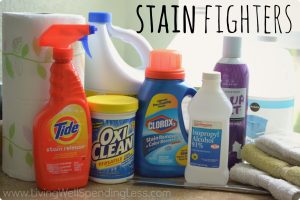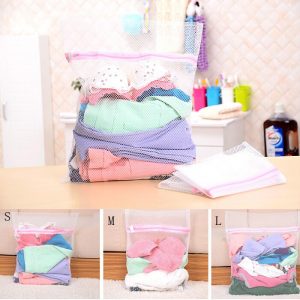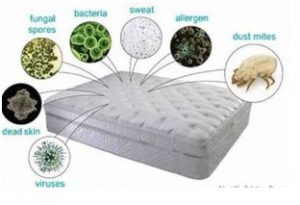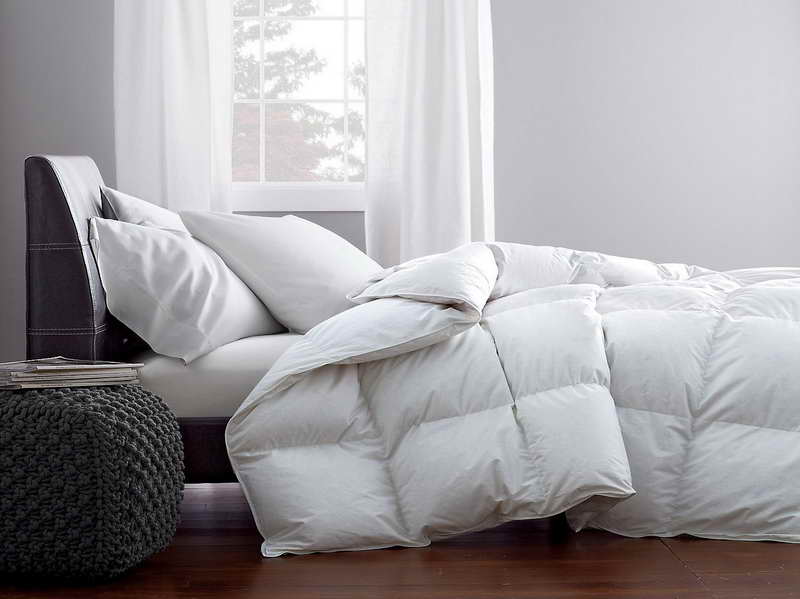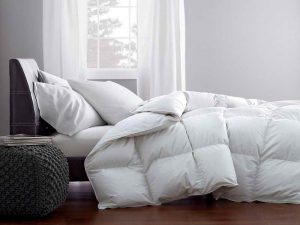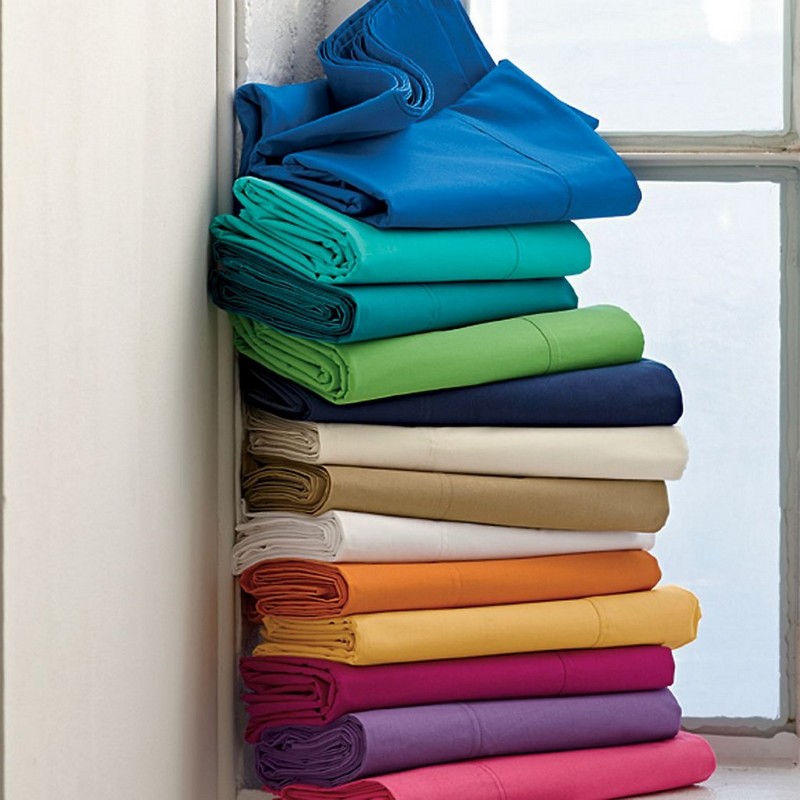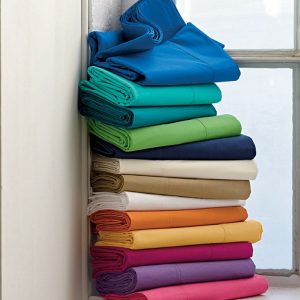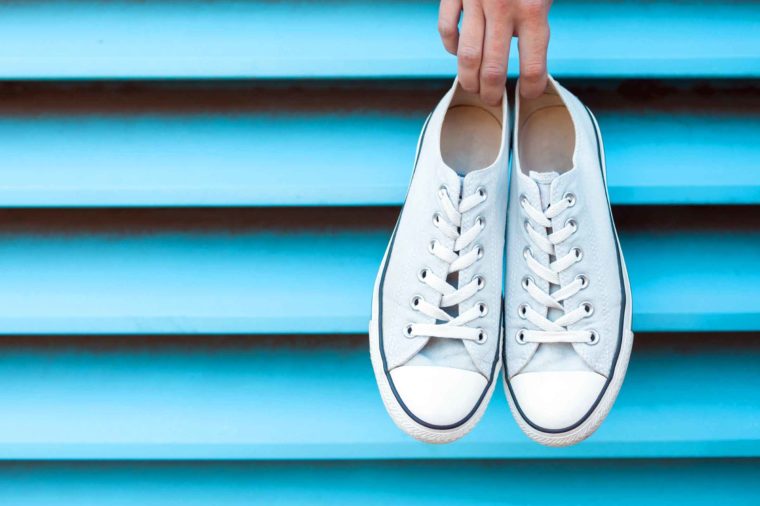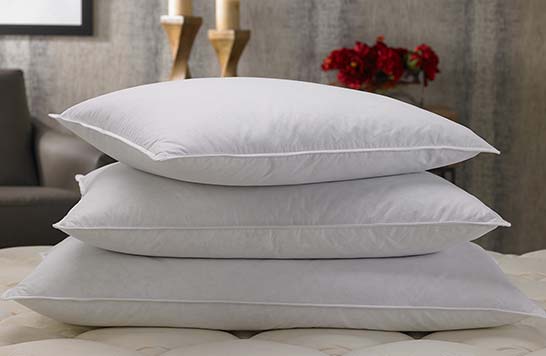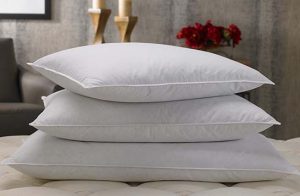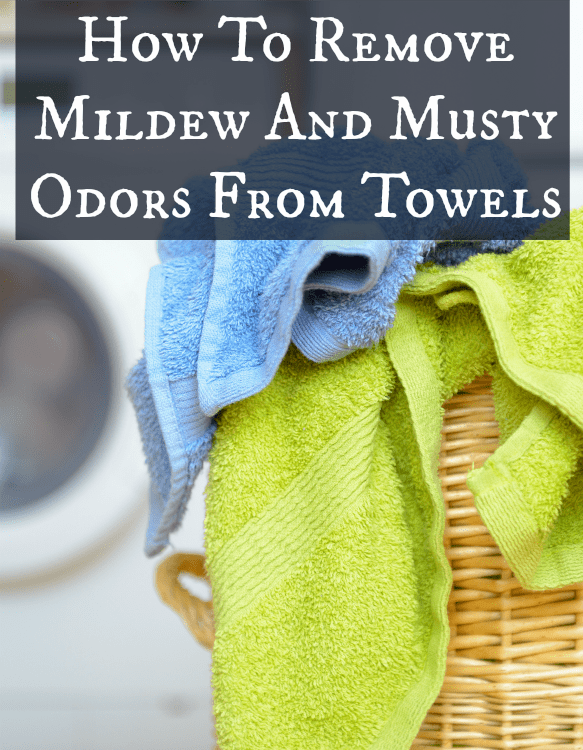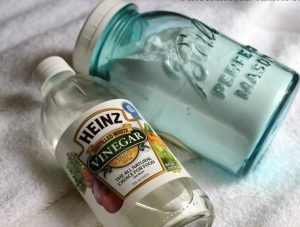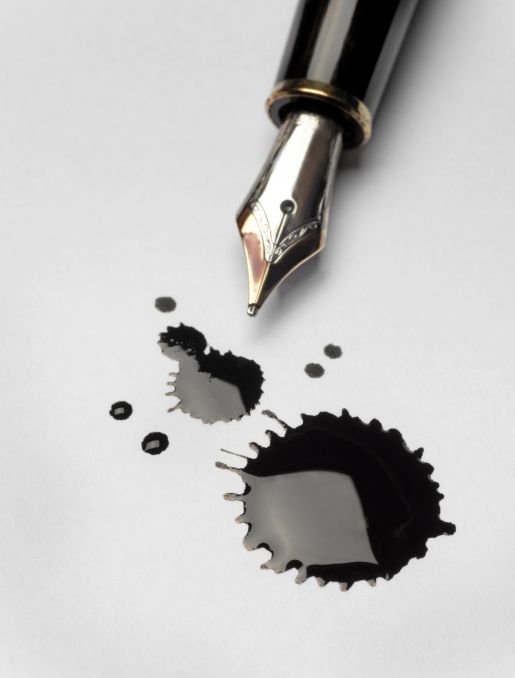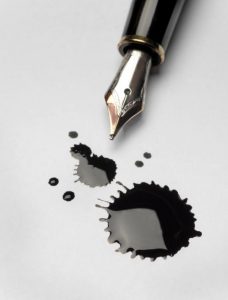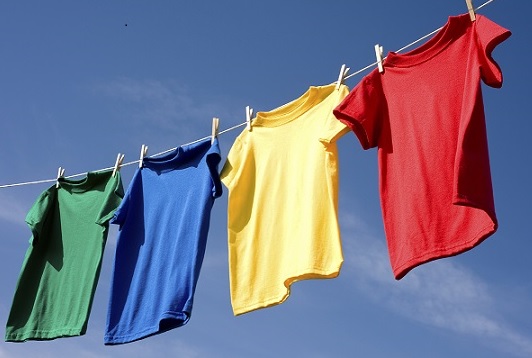Removing Smoke Odor


Smoke
We all know that smell. The one that lingers after a night out, dinner around a camp fire or an evening spent at a concert. That lingering odor that follows you home. How do you get that annoying smoke odor out of your clothes?
Without Washing:
Air it Out
The first thing a smoky garment needs is some fresh air. Hang the garments in a well ventilated area…even better hang outside. It’s amazing what a little sun and fresh air can do.
Odor Eliminating Spray or Essential Oils
If the smoke smell remains, keep the garments hanging and use an odor eliminating such as Febreze all over the front and back. You can make your own odor eliminating spray by combining equal parts vinegar and water in a spray bottle. Add 20-30 drops of your favorite essential oil such as lemon or mint oil.

Baking Soda
Place garment in an extra large plastic zipper bag with plenty of room for the garment to move around. If you don’t have a large enough zipper bag – use a plastic shopping bag or garbage bag. Add ½ cup of baking soda, seal or tie the bag securely, give it a quick shake and let the entire thing sit overnight. That will give the baking soda time to absorb the odor. Once it’s done sitting, take the bag outside, open and shake off excess baking soda. Tumble garment in low or no heat drying cycle to help.
In the Washing Machine:
Vinegar Pre-Soak
Before washing, give your garment a nice, long, soak. Add 1 cup vinegar to a sink or tub, then fill with warm water. Add a few drops of your favorite essential oil for a fresh scent. Soak garment for 30-60 minutes, then wash as directed.
Scent Booster
I’ve tried Downy Unstopables and love what they do. Just add a scoop to a load of smoky-smelling clothes and let them go to work.
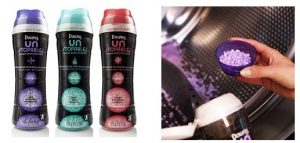
Lemon Juice
Fresh lemon juice can do wonders for all kinds of cleaning purposes, especially in the laundry room. Whiten whites and remove all sorts of odors, such as smoke, just by adding ½ a cup of lemon juice to the wash.
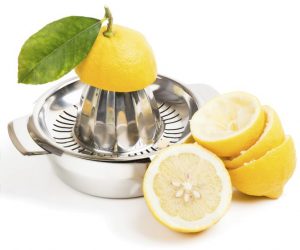
Vodka
Alcohol is a powerful odor remover and safe on most washable fabrics. Pour ½ cup of cheap vodka (or rubbing alcohol) into the wash to eliminate tough odors.
Read More �6 Ways to Cut Down Energy Costs In The Summer�




